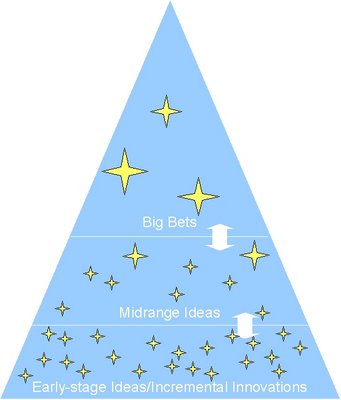
OK, class, today we're going to talk about blimps, also known as airships, with Doug McFadden, a longtime blimp pilot (and my brother-in-law). First, a definition from Wikipedia:
A non-rigid airship, or blimp, differs from a rigid airship (e.g. a Zeppelin) in that it does not have a rigid structure that holds the airbag in shape. Rather, blimps rely on a higher pressure of the gas (usually helium) inside the envelope.
You've seen them in the sky--the Goodyear blimp is an icon, and others such as the Fuji, Sanyo and Saturn blimps cruise throughout the country as gigantic floating billboards. Typically, in the US, these blimps are provided on an outsourced basis by one of several blimp operations companies (e.g., the Lightship Group). Yet despite their familiarity, blimps remain a rarity--according to Doug, there are fewer than 100 blimp pilots worldwide.
The use of blimps is expanding beyond promotion and public relations, however. Doug remarks that blimps are in growing use for military and law-enforcement surveillance and geologic exploration. International use is also increasing, with blimps in service in Japan, Indonesia and Brazil, among other places.
One limitation to the blimp's usefulness as a promotional tool is the time and expense involved in rebranding the blimp. This time means that long blimp contracts (three months minimum) are the rule. Technology is changing this, as new blimps are being built with video screens embedded in their sides, allowing for easy and fast changeover from one sponsor to another.
Curiosity whetted? Check out this exhaustive fan website, the best single resource for airship information on the web.
(picture: the Bell Mobility blimp, courtesy of 99.3 The Drive radio in Canada)
marketing, advertising, innovation, airships








